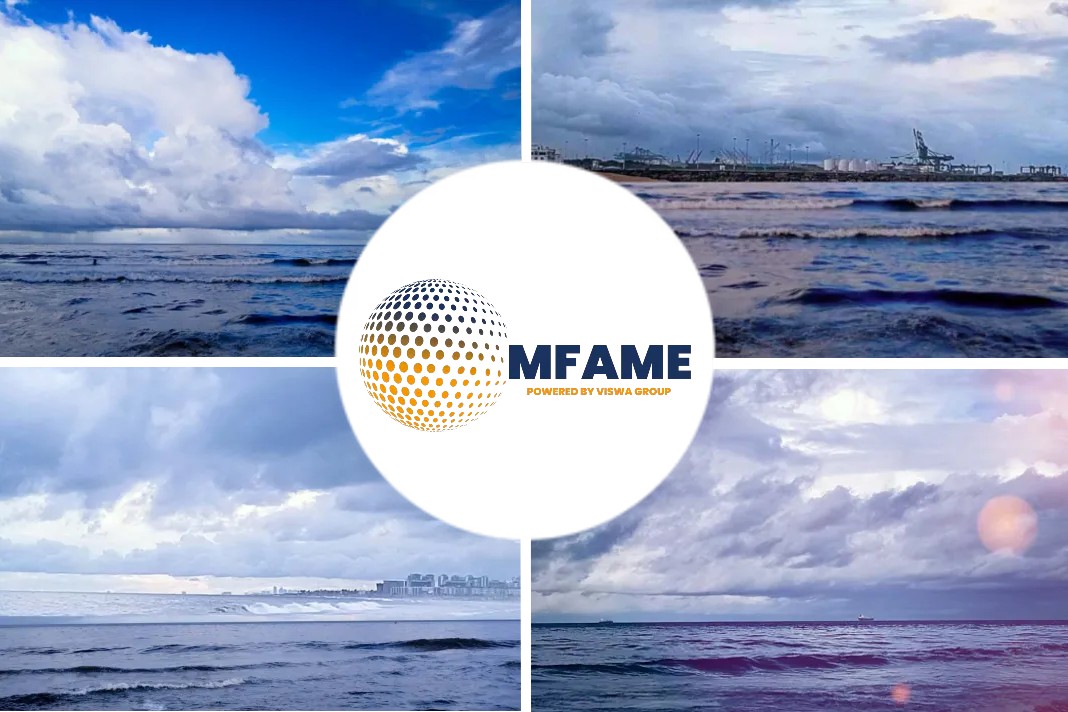- As the cleanest-burning fossil fuel, LNG clearly still has a role to play alongside renewables in the global clean energy transition.
- As we ring in 2021, here are five trends that will impact LNG shipping in the New Year.
- John Snyder feels despite the announcement of new vaccines and start of inoculations, Covid 19 will still continue to make an impact on LNG demand into the New Year.
A recent news article published in the Riviera reveals the five trend to watch in the LNG shipping in 2021.
Pandemic impact to continue
While global LNG demand grew by 12.5% to 359M tonnes in 2019, according to Anglo-Dutch energy giant Shell, demand in 2020 is expected to be relatively flat in 2020.
Poten & Partners, which estimated 2019 LNG demand slightly higher than that of Shell, at 361M tonnes, forecasts demand for 2020 will be 362M tonnes, a 0.3% growth, and 371M tonnes in 2021 (3% growth).
The LNG market rebounded faster than expected in Q4 2020, returning to 2019 levels based on strong demand from Asia, according to Poten & Partners.
Much of that growth was from US export cargoes, which grew from 44 in September to 64 in October to 83 in November.
Growth in FSRUs
One of the biggest technology success stories for LNG has been floating storage and regasification units (FSRUs), which have underpinned the expansion of LNG.
Among the most notable FSRU projects for 2021 will be H-Energy’s LNG regasification terminal project, located at Jaigarh Port in Ratnagiri district of Maharashtra, India.
India’s first FSRU-based LNG regasification terminal, the Jaigarh LNG terminal lays the groundwork for others and support’s India’s push to expand its use of natural gas.
LNG bunkering fleet expansion
Over the next 10 years, the LNG bunkering fleet could grow fivefold, driven by the increasing use of LNG as a marine fuel.
Some notable deliveries grew the LNG bunker fleet to 21 vessels in 2020, led by some ‘world firsts’ including:
- Gas Agility (the world’s largest newbuild LNGBV);
- Kaguya (Japan’s first LNGBV);
- Avenir Advantage (Southeast Asia’s first LNGBV);
- and Q-LNG 4000/Q-Ocean Service (the world’s first LNG ATB bunker vessel).
DNV GL reports the current LNGBV orderbook is 20 vessels, meaning there could be a requirement for as many as 60 more over the next 10 years.
Overall growth of LNG carrier fleet
Besides LNG bunkering vessels, the LNG carrier fleet will continue to grow, driven by some speculative building over the last two to three years.
Not including small scale, FSRUs, or laid-up vessels, the LNG carrier fleet grew 6% year-on-year, from 503 vessels in 2019 to 529 vessels in 2020, according to Poten & Partners.
Expectations are that the fleet could jump to 581 vessels in 2021 – a 10% growth. It is interesting to note that growth in the uncommitted on-term charter fleet is set to rise from 46 vessels in January 2021 to 95 by year’s end.
Spot rates
In November, Clarksons Platou Securities reported the following aspects.
- Tri-fuel, diesel-electric (TFDE)-propelled LNG carriers garnered spot rates averaging US$112,500 per day.
- While MEGI-propelled vessels were making an average of US$125,000/day.
- These spot charter rates are actually lower than 2019.
- This when both types of LNG carriers were making between US$140,000 to US$150,000 per day.
Poten & Partners forecasts 2021 spot charter rates for the global LNG carrier fleet will average in the range of US$60,000 in March, falling to about US$40,000 in July before rising to US$60,000 to as much as US$100,000 per day (based on a high-case scenario) in November.
Did you subscribe to our daily newsletter?
It’s Free! Click here to Subscribe!
Source: Riviera























